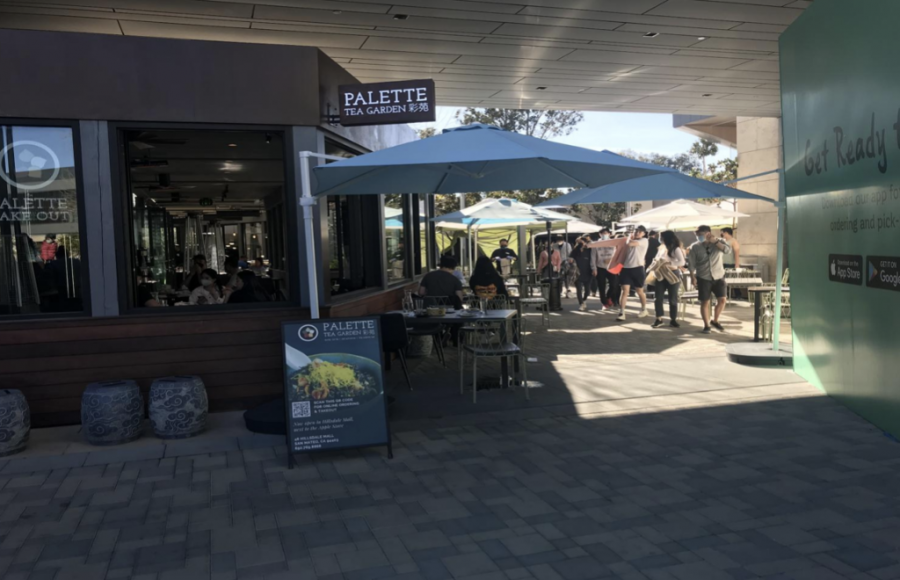Due to a decrease in COVID-19 cases, San Mateo County has transitioned into Gov. Gavin Newsom’s established red tier section. This grants its local communities the ability to reopen restaurants for indoor dining. However, according to California’s official COVID-19 website, store owners are required only to allow 25% of their maximum capacity or 100 customers, whichever is lower.
“Not only do we open up 25% of the store, but everything is spaced out. We try to keep everyone spread apart and everything sanitized,” said Christian Valdez, an employee at Village Host Pizza Grill.
While necessary to prevent coronavirus transmission, these precautions cost money and limit the profit generated. Additionally, it forces staff to be constantly aware of their working conditions which increases their anxiety.
Regardless of the plethora of restrictions and their consequences, reopening is still economically beneficial to small business owners. They can start generating profit to recoup from their losses. For non-essential workers that are currently unemployed, this is an opportunity to regain economic security. Consumers can further benefit due to an increase in the availability and accessibility of their preferred goods.
“I think we can wait [the pandemic] a bit longer. I understand that more people are getting vaccinated, which is a good thing,” said Bonifacio Salvador, a current employee at the Palette Tea Garden. “So I think at the end of the year, reopening would be great, but that would only be if we have fewer cases.”
According to the California Department of Public Health, restaurants should continue to encourage takeout and delivery services whenever possible rather than in-door eating despite easing restrictions. Even if at-risk populations avoid eating out, healthy people can still be infected and infect others from close-quarter dining. Many feel that it’s better to err on the side of caution when considering to eat out in-person.
“People can see face to face, hold small social gatherings, and eat good food,” said sophomore Massimo Vano. “However, there have been numerous instances that I have not felt safe because we were too close to the servers. Also, it is hard to put on our masks when the server is there, it’s tedious to do so, and I prefer to eat at home.”
Similarly, some workers are wary of re-opening due to safety concerns. In an article by KTVU, numerous workers have expressed concerns about patchwork testing for employees, deprioritization of cleaning as staff were let go, and management’s lack of clarity over infected co-workers. However, this pandemic has also hit them the hardest, too, as hundreds of businesses are forced to let go of workers as they lose money. For many businesses, reopening is the only way they can sustain their workers’ livelihoods.
Despite some reservations, the plans to reopen are going full steam ahead. The situation will have to adapt based on the virus, but people are eager to return to some form of in-person interaction.
“I think it [reopening] is important to me because although we have Zoom and Facetime, people need to interact and socialize with each other in-person at one point,” Salvador said.













